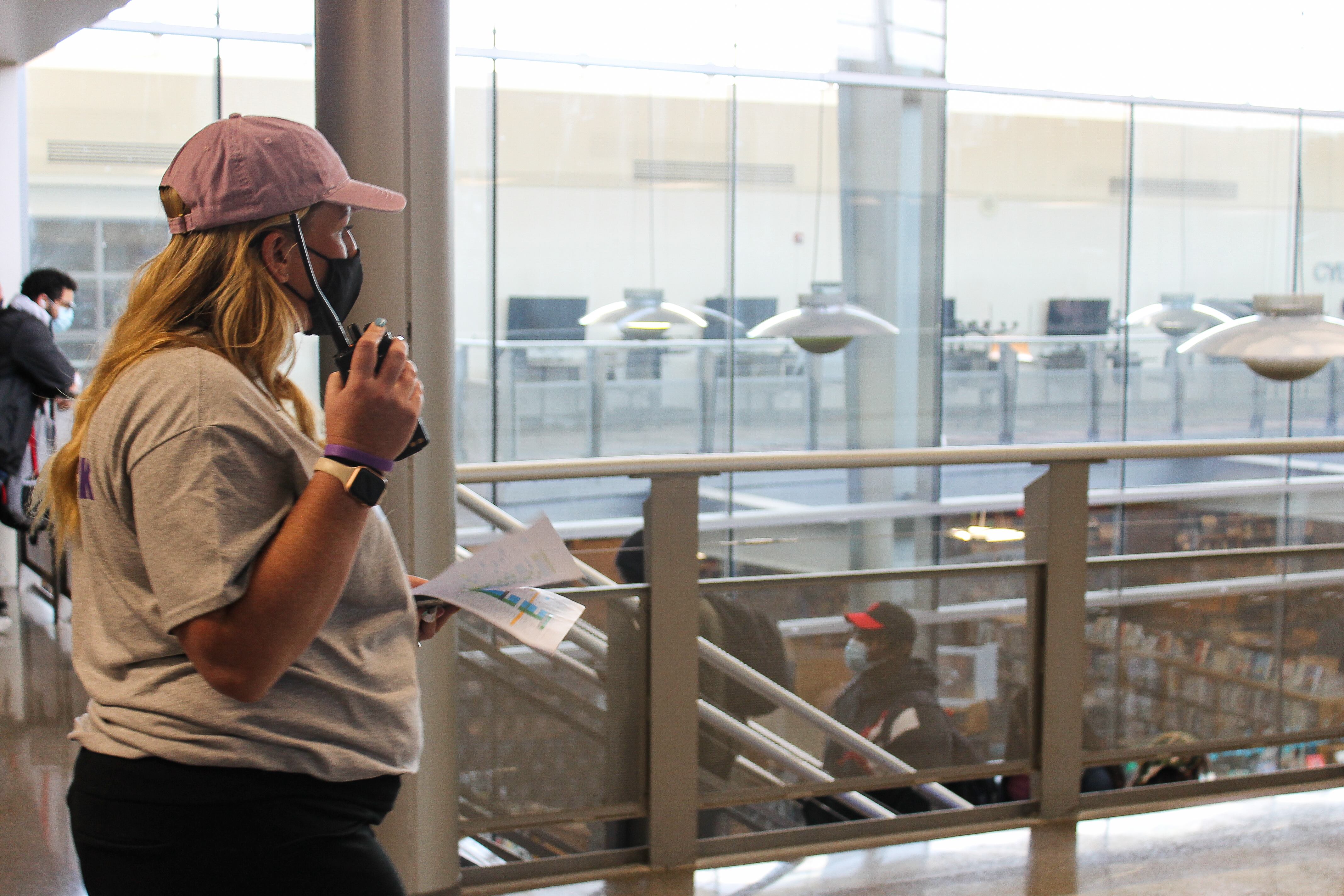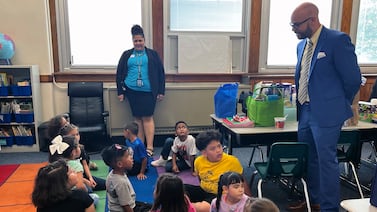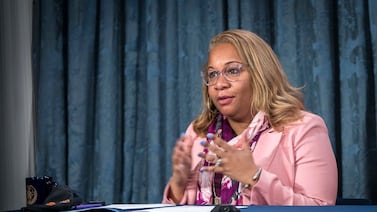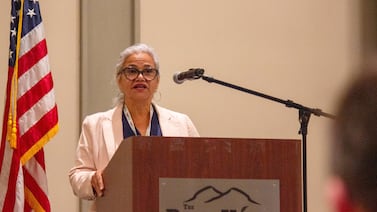As many Indiana students walk into school buildings this month, the state is now looking at how students learned and how many students showed up in the 2020-21 school year, the first full year in the pandemic.
The data Indiana collected last school year offers some surprising insights into how schools taught — in-person, virtual, or a combination of the two. The data also reveals differences in In learning opportunities, a state education report has shown.
Last school year was the first time that the state collected daily attendance data for each student. That allowing for a comparison of how students attended classes during the pandemic and how the delivery of instruction affected test scores.
The chart below lists all public schools in Indiana, and what percentage of the school year they offered instruction virtually, in person, and in a hybrid form. It also lists self-reported attendance rates for each school.






